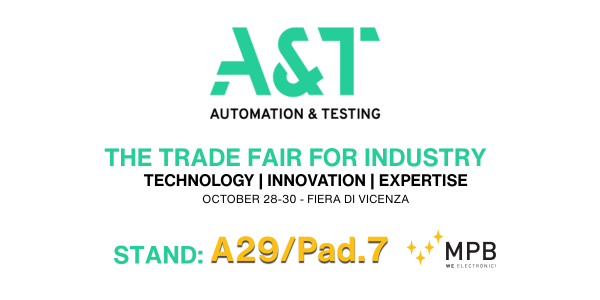IEC 61000-4-2: the fundamental standard for electrostatic discharge (ESD) testing
The technological evolution of recent decades has led to the development of increasingly sophisticated and sensitive electronic devices. In this context, IEC 61000-4-2 plays a particularly relevant role, defining test methods for immunity to electrostatic discharges and serving as a fundamental standard for EMC certification.
What is IEC 61000-4-2?
The IEC 61000-4-2 standard (adopted in Europe as EN 61000-4-2) is the international reference that defines test methods for evaluating the immunity of electrical and electronic equipment to electrostatic discharges (ESD).
First published in the 1990s and periodically updated, this standard is part of the IEC 61000 family, dedicated to electromagnetic compatibility, and represents the global benchmark for manufacturers who need to certify their devices' resistance to ESD.
Test methods of IEC 61000-4-2
The standard defines two main test methods:
- Contact Discharge: the ESD generator is applied in direct contact with the equipment under test (EUT). This method simulates a charged person physically touching the device.
- Air Discharge: the ESD generator is brought close to the EUT without touching it, allowing the discharge to "jump" through the air. This method replicates situations where discharges occur across small air gaps.
Test levels and acceptance criteria
The standard defines four severity levels for testing, ranging from ±2 kV to ±8 kV for contact discharge and from ±2 kV to ±15 kV for air discharge. The choice of level depends on the intended operating environment of the equipment:
- Level 1: controlled environments (labs, server rooms).
- Level 2: typical commercial environments (offices, stores).
- Level 3: light industrial environments.
- Level 4: heavy industrial or harsh environments.
Contact Discharge | Air Discharge | ||
Level | Test Voltage (kV) | Level | Test Voltage (kV) |
| 1 | 2 | 1 | 2 |
| 2 | 4 | 2 | 4 |
| 3 | 6 | 3 | 8 |
| 4 | 8 | 4 | 15 |
Performance criteria. The standard classifies the EUT's behavior during and after the test into the following categories:
- Criterion A: normal operation.
- Criterion B: temporary loss of function with automatic recovery.
- Criterion C: temporary loss of function requiring operator intervention.
Test setup: essential elements
An ESD test in compliance with IEC 61000-4-2 requires a precise and standardized configuration. Key elements include:
Horizontal coupling plane (HCP)
A grounded metal surface that serves as a discharge reference. Its dimensions and features are strictly specified by the standard.
Vertical coupling plane (VCP)
For tabletop equipment, a vertical metal plane simulates nearby conductive structures.
Insulating surface
The EUT must be placed on specific insulating materials to avoid unintended discharge paths.
ESD generator
The device that produces the discharges must meet the standard's specifications in terms of waveform, rise time, and peak current.
_1749716034.png)
The importance of setup precision
The repeatability and accuracy of results depend critically on the precision of the test setup. Every detail, from test bench geometry to the materials used, can significantly affect the results. For this reason, many companies rely on professional test solutions specifically designed to ensure regulatory compliance.
Modern test systems integrate all necessary elements into modular and customizable configurations, allowing adaptation to the EUT and applicable standards. These systems, built using non-magnetic and non-reflective materials, provide mechanical stability and dimensional precision—fundamental for reliable and repeatable testing. Discover the NMR-ESD system by MPB.
IEC 61000-4-2 is a core standard for anyone working in the electronics industry. Correct implementation of ESD testing is not just a compliance requirement, but a smart business strategy that ensures product reliability and delivers a competitive edge in today’s tech market.
Recent
MPB Participates in A&T Nordest 2025
From October 28th to 30th, MPB...
MPB at the AIRP 2025 Conference
On October 30th, MPB will part...
IEC 61000-4-2: the fundamental standard for electrostatic discharge (ESD) testing
The technological evolution of...
MPB sponsors online course on occupational electromagnetic field (EMF) exposure
MPB Electronic is proud to spo...
Practical guide to CISPR 32 standard: EMI measurements for broadcast and TV devices
Electromagnetic compatibility...
Contacts
MPB S.r.l.
Via Giacomo Peroni 400/402
Polo Tecnologico Tiburtino
00131 Roma RM
- Phone:
- +390641200744
- Fax:
- +390641200653
- E-mail:
- info@mpbelectronic.com

_1761120801.png)
_1750151701.png)
_1746527897.png)


